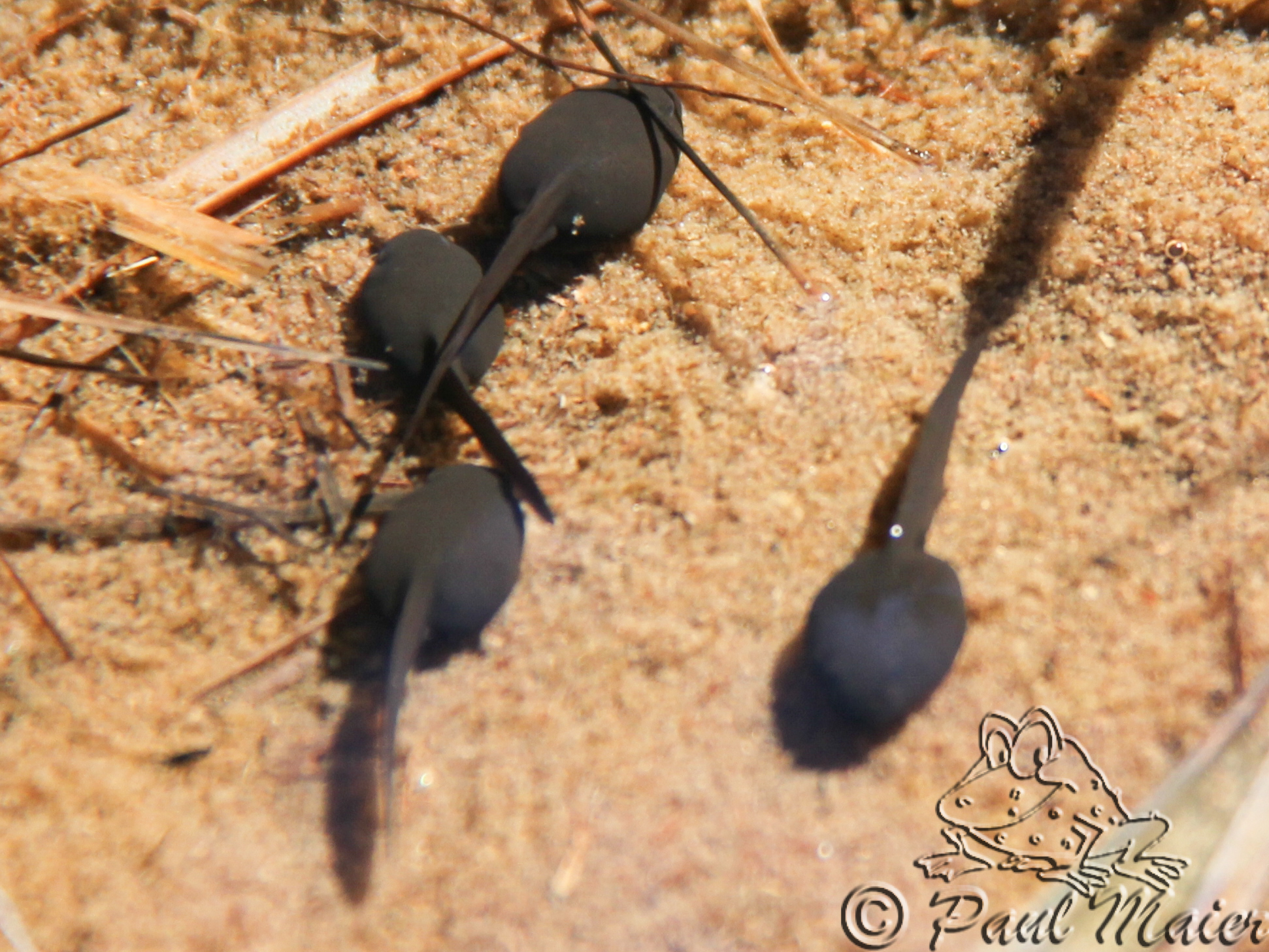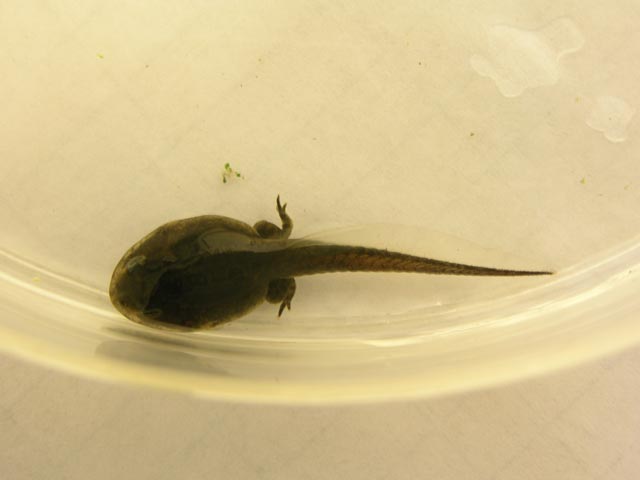|
Anaxyrus
''Anaxyrus'', containing the North American toads, is a genus of true toads in the family Bufonidae. The genus is endemic to North and Central America, and contains many familiar North American toad species such as the American toad, Woodhouse's toad, and the western toad. Most species in this genus were initially classified in ''Bufo'', but were split due to their genetic divergence and geographic separation. Some authorities still consider ''Anaxyrus'' to be a subgenus within ''Bufo''. However, other authorities have disputed this classification, as doing so would also require all morphologically distinct Old World toad species to also be placed in ''Bufo''. Species The following fossil taxa are also known, all of which were also previously placed in ''Bufo'': * †'' Anaxyrus defensor'' (Meylan, 2005) (Pliocene/early Pleistocene of Florida) * †'' Anaxyrus hibbardi'' (Taylor, 1937) (Late Miocene of Kansas) * †'' Anaxyrus pliocompactilis'' (Wilson, 1968) (Late Miocene of K ... [...More Info...] [...Related Items...] OR: [Wikipedia] [Google] [Baidu] |
Yosemite Toad
The Yosemite toad (''Anaxyrus canorus'', formerly ''Bufo canorus'') is a species of true toad in the family Bufonidae. Endemic to the Sierra Nevada of California, the species ranges from the Alpine County to Fresno County. Yosemite toads are only found in the montane to subalpine elevational zone of asl. The Yosemite toad is similar to the nearby western toad (''A. boreas''), but in many ways adapted to a high elevation lifestyle. It was initially described during the Grinnell Survey of California, by an undergraduate student of Joseph Grinnell named Charles Camp. Description Adults Yosemite toads are medium-sized ( SVL) stocky toads, with females averaging larger than males. They generally lack cranial crests, but males will rarely have weakly developed ones. Their eyes have a dark brown iris with gold iridophores. In comparison with the closely related western toad (''A. boreas''), the parotoid glands are large, narrowly spaced, and irregularly shaped (oval or flatten ... [...More Info...] [...Related Items...] OR: [Wikipedia] [Google] [Baidu] |
Woodhouse's Toad
Woodhouse's toad (''Anaxyrus woodhousii'') is a medium-sized () true toad native to the United States and Mexico. There are three recognized subspecies. ''A. woodhousii'' tends to hybridize with '' Anaxyrus americanus'' where their ranges overlap. Taxonomy Woodhouse's toad was first described in 1854 by the French herpetologist Charles Frédéric Girard. He gave it the name ''Bufo woodhousii'' in honor of the American physician and naturalist Samuel Washington Woodhouse. The large genus '' Bufo'' was split by Frost ''et al.'' in 2006, with the North American species being included in the genus '' Anaxyrus'' and this toad becoming ''A. woodhousii''. There are three recognised subspecies: *Rocky Mountain toad – '' Anaxyrus woodhousii woodhousii'' ( Girard, 1854) *East Texas toad – ''Anaxyrus woodhousii velatus'' (Bragg and Sanders, 1951)Bragg, A. N., and O. Sanders. 1951. A new subspecies of the ''Bufo woodhousii'' group of toads (Salientia: Bufonidae). Wasmann Journal of ... [...More Info...] [...Related Items...] OR: [Wikipedia] [Google] [Baidu] |
Bufo Boreas
The western toad (''Anaxyrus boreas'') is a large toad species, between long, native to western North America. ''A. boreas'' is frequently encountered during the wet season on roads, or near water at other times. It can jump a considerable distance for a toad. Breeding occurs between March and July in mountainous areas, and as early as January in lower-elevation regions. The female lays up to 17,000 eggs stuck together in strings that adhere to vegetation and other objects along water edges. Description It has a white or cream Dorsum (anatomy), dorsal stripe, and is dusky gray or greenish dorsally with skin glands concentrated within the dark blotches. Its parotoid glands are oval, widely separated, and larger than the upper eyelids. It has a mottled venter and horizontal pupils but lacks cranial crests. Compared to females, males have smoother skin, reduced dorsal blotching, and nuptial pads (thickened skin) on their forefeet during breeding season. In juveniles of this species, ... [...More Info...] [...Related Items...] OR: [Wikipedia] [Google] [Baidu] |
Anaxyrus Americanus
The American toad (''Anaxyrus americanus'') is a common species of toad found throughout Canada and the eastern United States. It is divided into three subspecies: the eastern American toad (''A. a. americanus''), the dwarf American toad (''A. a. charlesmithi'') and the rare Hudson Bay toad (''A. a. copei''). Recent taxonomic treatments place this species in the genus ''Anaxyrus'' instead of ''Bufo''. Eggs A. americanus eggs are bicolored. They are often a roughly equal mixture of a black or brown with white or cream. The eggs are deposited in two long ropes that have been recorded to transcend 60 m in length. Single egg diameter ranges from 0.1 cm to 0.2 cm. Tadpoles The American toad lays between 2,000-20,000 eggs in two strings which hatch in 3-12 days. The hatched tadpoles, while very small, are recognizable by their skinny tails in relation to the size of their round black bodies. They reach adulthood in 50–65 days. When metamorphosis is complete, the "toadlets" may s ... [...More Info...] [...Related Items...] OR: [Wikipedia] [Google] [Baidu] |
Bufo Baxteri
The Wyoming toad (''Anaxyrus baxteri)'', also known commonly as Baxter's toad, is a species of toad in the family Bufonidae. The Wyoming toad is an extremely rare amphibian that exists only in captivity and within Mortenson Lake National Wildlife Refuge in Wyoming in the United States. The Wyoming toad was listed as an endangered species in 1984, and listed as extinct in the wild since 1991. As with black-footed ferrets at the Tom Thorne and Beth Williams Wildlife Research Center at Sybille in Wheatland, Wyoming, the effort to save the Wyoming toad has been a cooperative effort among state and federal agencies and private landowners. The Wyoming toad was common from the 1950s through the early 1970s, but its distribution was limited to the Laramie Basin in Albany County. The population crashed around 1975 and was extremely low by 1980. The Wyoming toad was federally listed as endangered in January 1984. To prevent extinction, a captive-breeding program began in 1989 at the T ... [...More Info...] [...Related Items...] OR: [Wikipedia] [Google] [Baidu] |


